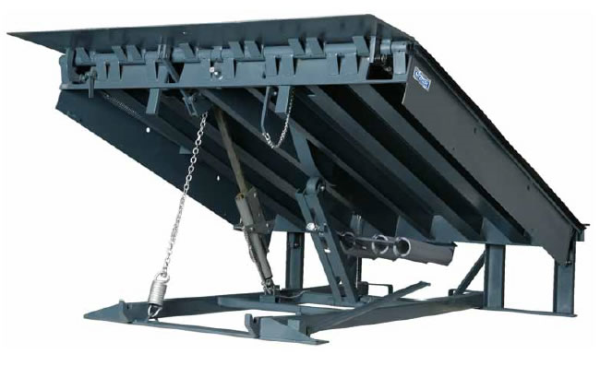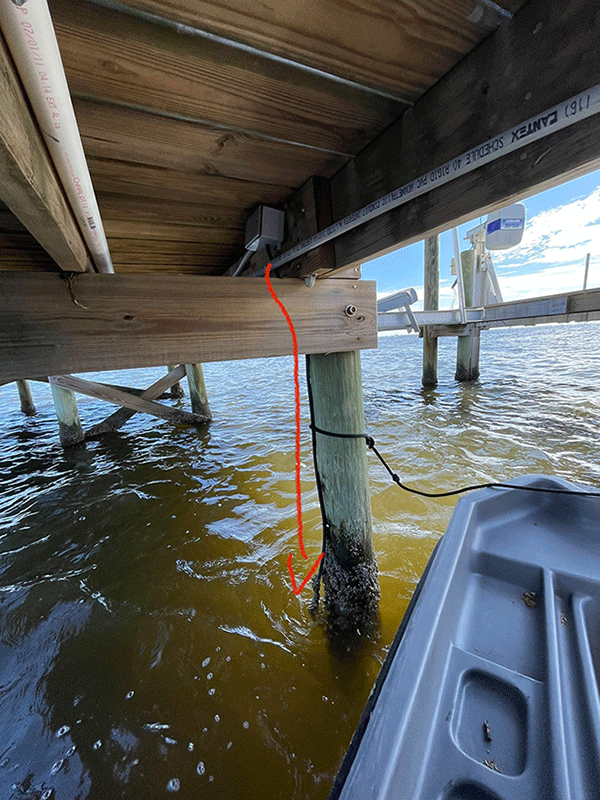Exactly How to Address Common Dock Fixing Issues for Safe Water Activities

Identifying Common Dock Issues
Identifying common dock issues is important for preserving the performance and security of your waterside home. Routine evaluations can assist uncover problems before they become extreme, making certain both the long life of the dock and the security of those who use it. One common problem is loosened or rusty fasteners. Gradually, screws, bolts, and other fasteners can come to be loose because of consistent exposure to water and weather condition components, causing structural instability.
An additional common issue is the deterioration of flotation gadgets. These tools are important for keeping the dock resilient, and any damages or leaks can cause the dock to listing or sink. Consistently looking for leaks or water logged floats can preempt much more substantial issues.
In addition, algae and barnacle accumulation on the dock's surface can create dangerous and slippery problems. This biofouling not only postures a danger to users yet can likewise increase the degeneration of the dock products.
Finally, examining for indicators of corrosion on steel parts is necessary. Corrosion can endanger the stability of the dock's framework, making it dangerous. By consistently identifying these typical dock issues, you can guarantee that your dock stays safe and useful for many years to find.
Fixing Rotting Timber
When attending to the problem of decaying wood on your dock, it is crucial to act promptly to avoid more degeneration. Begin by completely evaluating the entire framework to identify all influenced locations. Utilize a screwdriver to penetrate the wood; if it sinks in quickly, the wood is likely rotted and requires prompt interest.
As soon as determined, eliminate the decomposed sections making use of a saw or chisel. Make certain to reduce to healthy and balanced, strong timber, guaranteeing you get rid of all jeopardized material. After removal, treat the remaining timber with a timber chemical to protect against future rot. This treatment will certainly aid secure against wetness, which is the key reason for wood degeneration.
Next, change the eliminated sections with marine-grade lumber or pressure-treated wood, which are extra resistant to water damages. Secure the new items with galvanized or stainless-steel fasteners to stop deterioration. Additionally, applying a waterproof sealer to the brand-new wood can offer an extra layer of security.
Protecting Loose Boards
Exactly how do you guarantee your dock stays functional and safe for all its individuals? One vital aspect is protecting loose boards, which can or else present significant threats. Loosened boards not only raise the threat of tripping but can likewise jeopardize the architectural stability of the entire dock.

For reinstallation, use stainless or galvanized steel screws, as these products provide superior resistance to deterioration in aquatic environments. Make certain the screws are long sufficient to penetrate deep right into the underlying assistance framework, but not so long that they extend with the dock's surface. Pre-drilling pilot openings can assist avoid the wood from splitting.
Last but not least, keep a normal inspection timetable to recognize and attend to any kind of brand-new problems promptly. By protecting loose boards properly, you add to the overall safety and security and durability of your dock, making it a trusted system for water activities.
Supporting Unsteady Pilings
Ensuring the stability of unstable pilings is extremely important to keeping a risk-free and functional dock. Utilize a degree to examine for vertical placement and ensure they are driven deep enough into the substrate to offer sufficient support.
If the pilings are discovered to be unsteady, one reliable approach for support is making use of added supporting. Cross-bracing with dealt with lumber or galvanized steel can considerably improve security. Anchor the dental braces firmly to both the pilings and the dock framework to distribute loads evenly.

Routine maintenance and routine review of the pilings' stability are vital to making sure long-lasting dock safety and capability.
Changing Rusty Hardware
Addressing unsteady pilings is just one facet of preserving a dock's stability; one more vital issue is replacing corroded hardware. With time, exposure to dampness and salt can cause the oxidation and corrosion of braces, screws, and screws, compromising the entire framework's safety. Regular assessment for corrosion is vital, especially after extreme weather condition or seasonal modifications.
When rusty hardware is recognized, immediate activity is required. Begin by choosing marine-grade stainless-steel or galvanized equipment, both made to withstand the rough aquatic environment. Make certain that you have the appropriate tools, such as wrenches and screwdrivers, to safely get rid of the old, corroded pieces without triggering more damages to the dock.
After eliminating the rustic equipment, thoroughly clean the influenced locations to eliminate any recurring corrosion or particles. Use a rust-inhibiting guide to exposed metal surface areas prior to installing the new hardware. Tighten up all fixtures securely to prevent future helping to loosen, and regularly evaluate the fittings to ensure try this site recurring stability.
Changing corroded equipment not only prolongs the dock's life-span however additionally substantially enhances the safety of water tasks. By proactively taking care of rust, you protect both the structure and its customers, making certain a safe and pleasurable waterfront experience.
Conclusion
Normal examinations and upkeep are necessary to resolve typical dock repair work issues and ensure safe water tasks. By recognizing and treating troubles such as rotting timber, loosened boards, unsteady pilings, and rusty equipment, structural stability and durability can be significantly improved. The application of proper treatments and marine-grade materials further fortifies the dock against environmental stress factors. Such proactive procedures add to the general security and functionality of dock frameworks, promoting a safe and secure setting for water-based tasks.
Guaranteeing the safety and security of water tasks pivots considerably on the appropriate upkeep and fixing of docks (Dock Repairs). These tools are important for maintaining the dock resilient, and any type of damage or leaks can trigger the dock to list or sink. By regularly determining these typical dock problems, you can make certain that your dock continues to be safe and secure and practical for years to come
Ensuring the security of unsteady pilings Visit This Link is critical to keeping a secure and useful dock.Routine examinations and maintenance are crucial to attend to usual dock fixing concerns and make certain risk-free water tasks.